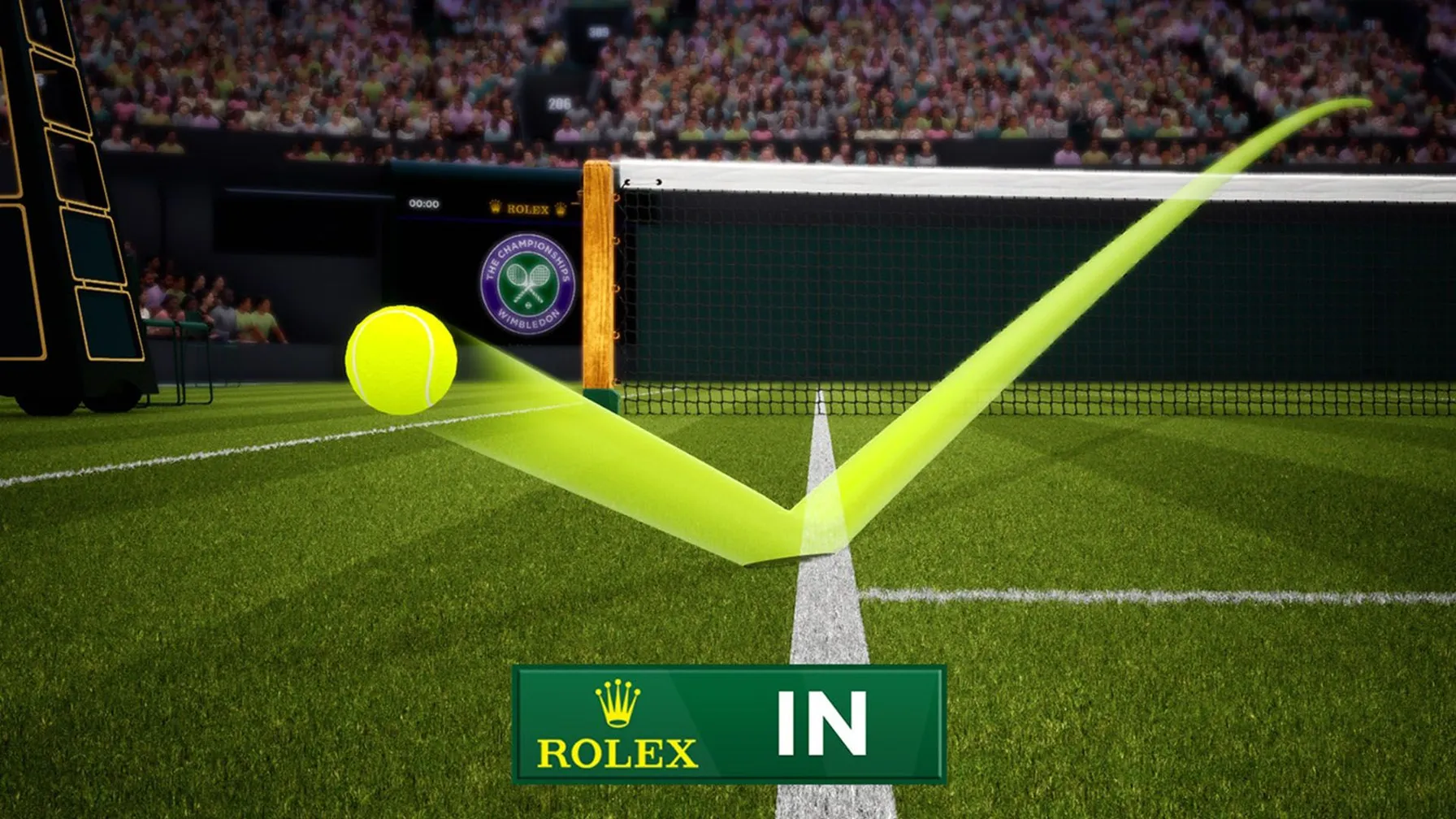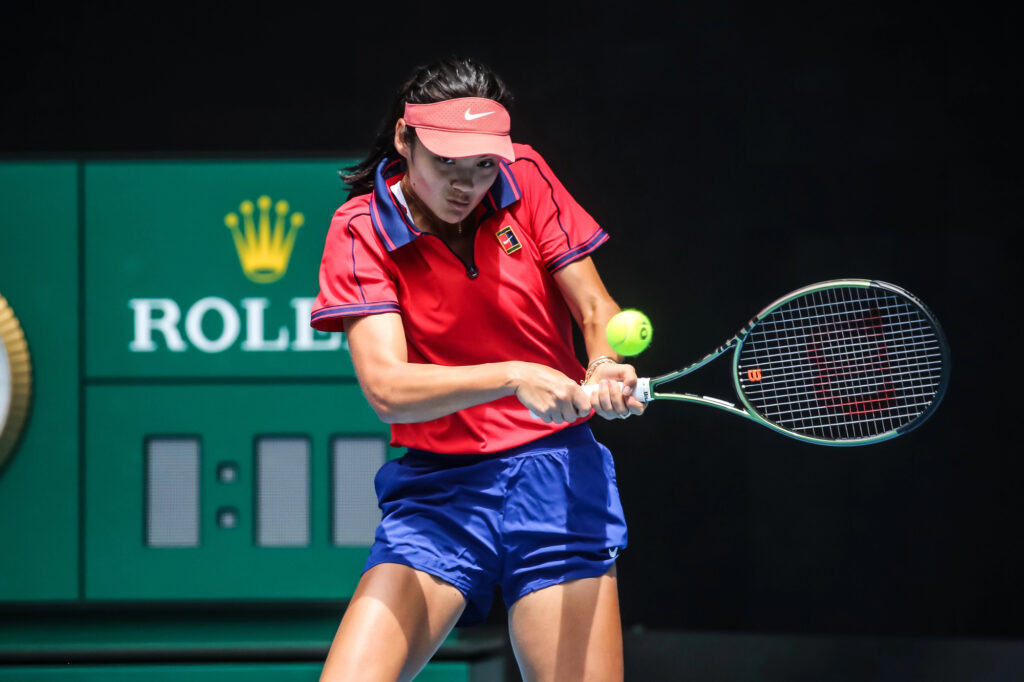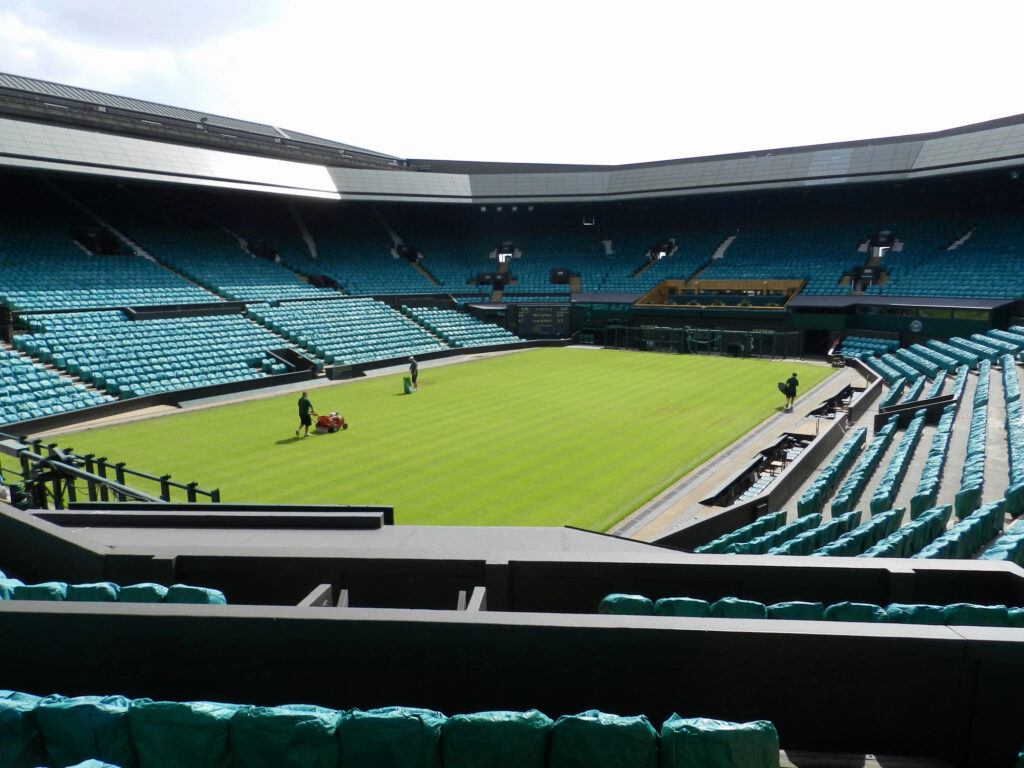Technology vs. instinct: why AI line judges are drawing player backlash

In 2025, Wimbledon made a historic move: for the first time, the tennis tournament replaced all human line judges with a fully automated AI officiating system.
But as the first technical issues began to surface, a wave of skepticism rippled through the locker rooms. Players like Emma Raducanu, Jack Draper, and Sonay Kartal have started to question whether algorithms should really have the final say in match-defining moments.
Hawk-Eye Live, the electronic system at the center of this transition, is gradually being adopted across major tournaments with the promise of eliminating human error in line calls. But as this year’s controversy shows, even advanced technology is far from flawless.
A glitch that caused uproar
During a high-stakes fourth-round match between Britain’s Sonay Kartal and veteran Anastasia Pavlyuchenkova, an incident unfolded that brought the debate to the forefront. At 4–4 in the first set, with Pavlyuchenkova serving for game point, Kartal returned a ball that clearly landed out. However, the Hawk-Eye system failed to make a call — it was later revealed that it had been partially deactivated on one side of the court due to human error.
Hearing a distorted voice prompt — “STOP STOP” — chair umpire Nico Helwert halted play. After consulting with the technical team, he decided to replay the point, refusing to call the ball out. Pavlyuchenkova was visibly frustrated, and protests followed.
Players remain unconvinced
As technology rapidly takes over the court, players are meeting the new AI-based officiating system with cautious skepticism. The idea of doing away with line judges and trusting only algorithms may seem like a logical step forward — but for many professionals, it raises more doubts than confidence.
Emma Raducanu, following her loss to Aryna Sabalenka, questioned both the system’s impartiality and accuracy:
“No, I don’t trust the system — I think the other players would say the same thing, there were some pretty dodgy ones but what can you do?”

For Raducanu and many of her peers, errors and questionable calls have become frequent enough to no longer feel like exceptions. While their criticism may not always be direct, unease around AI officiating is becoming a common undercurrent in player conversations.
Jack Draper voiced a more measured form of skepticism:
“I don’t think it’s 100 per cent accurate in all honesty… I guess it cannot be 100 per cent accurate — it’s millimetres.”
He stressed that at the highest levels of competition, even a few millimeters can change the outcome of a rally — and shake confidence in the system as a whole.
Kartal, who found herself at the center of the controversy, did not question the technical glitch itself, but her on-court reaction was clearly emotional. According to her, the complete lack of any audible or visual signal left her confused — and once again cast doubt on the transparency of this new era in officiating.
As for Pavlyuchenkova, who was directly affected by the error, she was blunt in her assessment:
“We were waiting for a decision as the system was down… I expected the chair umpire could take the initiative. That’s why he’s there sitting on the chair.” She emphasized that in a critical moment, the system failed — and the human response she expected never came.
Swiss player Belinda Bencic added that concerns about AI officiating were already a hot topic in the locker room, further underlining the growing unease among athletes.

Organizers stand their ground
In response to the criticism, officials from the All England Lawn Tennis Club clarified that the error during the Kartal–Pavlyuchenkova match was not due to a system failure, but to manual interference by an operator — in direct violation of the protocol.
The Hawk-Eye system had been temporarily deactivated on one side of the court, and organizers issued a public apology, pledging to revise procedures to prevent manual overrides in the future.
AELTC CEO Sally Bolton emphasized that the chair umpire acted appropriately:
“He’s fine. Look, it’s really important to say that the umpire followed the protocols in place. He did what he needed to do on court and acted entirely correctly… We’re absolutely confident in the system.”
Her view was echoed by Debbie Jevans, who pointed out that the technology had initially been welcomed by players:
“It’s funny, because when we did have linesmen, we were constantly asked why we didn’t have electronic line calling because it’s more accurate than the rest of the tour.”
Wimbledon continues to frame the shift not as a cost-saving measure or an experiment, but as a deliberate step toward technological progress. The Hawk-Eye Live system will remain in use, now with stricter controls and additional safeguards.
Despite growing resistance and the challenges exposed by this year’s tournament, the trend toward digital officiating appears irreversible. The question is no longer whether algorithms should be trusted — but how effectively organizers can balance technological advancement with the human element that still lies at the heart of the game.
Cover photo: hawkeyeinnovations.com




